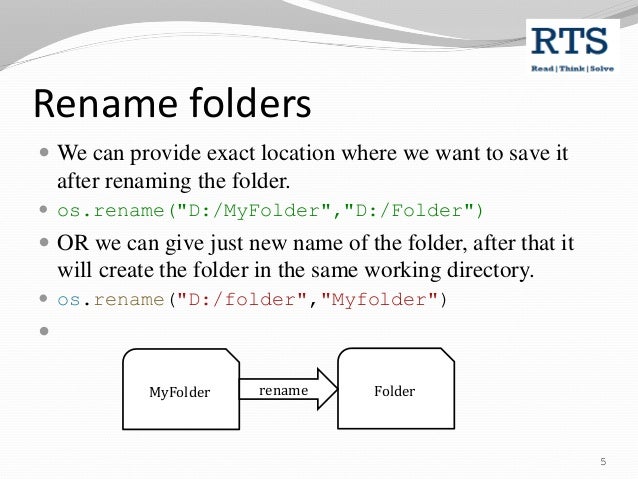

- Renaming zero byte file to .py pdf#
- Renaming zero byte file to .py install#
- Renaming zero byte file to .py free#
Files with binary data, bytes that represent non-text information like images, can be easily corrupted when being transferred and processed to text-only systems.īase64 encoding allows us to convert bytes containing binary or text data to ASCII characters.
Renaming zero byte file to .py pdf#
The complete list of current shortcuts and their defaults can be pulled from the source code for Nautilus (search for nautilus_application_set_accelerator).Have you ever received a PDF or an image file from someone via email, only to see strange characters when you open it? This can happen if your email server was only designed to handle text data. You can use this to change any shortcut in Nautilus.
Renaming zero byte file to .py free#
Note that "open-item-new-tab" also has to be modified to free up the Control+Return key combination and then reassign it to "rename". cp BackspaceBack.py Rename.pyĤ) Edit Rename.py and modify the line in the file that starts with app.set_accels_for_action to the following: app.set_accels_for_action( "view.rename", )Īpp.set_accels_for_action( "view.open-item-new-tab", )

Wget ~/.local/share/nautilus-python/extensions/BackspaceBack.pyģ) Make a copy of the file (or rename) for the purposes of making a new shortcut (or put it all in that one file). Mkdir ~/.local/share/nautilus-python/extensions
Renaming zero byte file to .py install#
We can use the same fix for Ubuntu 18.04+ (Nautilus 3.26+) to set the shortcut keys for rename.ġ) Install Nautilus Python apt-get install python-nautilusĢ) Download Backspace-Back.py from Nautilus-backspace and put it in ~/.local/share/nautilus-python/extensions: mkdir ~/.local/share/nautilus-python Similar to Bring BackSpace back to nautilus (3.18+) once and for all!.

It is however generally referred to as GUI or Desktop in this context. People will know what you mean by GUI Environment.In this case, it was the configuration of the application as opposed to a system setting that had to be modified to resolve this issue. It is relevant to specify the application you're having a problem with.If you now open Files ('Nautilus') again, your changes should take effect In the editor, make the changes as listed above and save the file.Now Files ('Nautilus') has been stopped, we can make changes to its configuration files. Your Files window(s) should all disappear Option 2: hit F2 and give command nautilus -q.Option 1: open a terminal window ( Gnome Terminal) and kill nautilus, by issuing command: nautilus -q.Now we have the configuration file in an editor, we have to stop Files ('Nautilus') before we can make changes. Right-click or double-click file accels so that it opens in an editor (likely gedit)Īlternatively, hit F2 and give command: gedit ~/.config/nautilus/accels If you don't see directories starting with a dot, press H or in the preferences for Files ('Nautilus'), tick the box for displaying hidden files. Run the following from the commandline (before you make the change): nautilus -qīrowse to directory. In order for the changes to take effect you have to stop nautilus. So you can't have F2 and Control-Enter at the same time. It seems that there is only one shortcut possible for each operation. Then File Rename will be changed to Control-Enter. If you remove the and change the line to: (gtk_accel_path "/DirViewActions/Rename" "Return")

The means that it is commented out and Nautilus uses the system default. Files) keeps its keyboard shortcuts in ~/.config/nautilus/accelsįile Rename is listed there as: (gtk_accel_path "/DirViewActions/Rename" "F2") I'm using Gnome instead of Unity, but they should be the same (more or less).


 0 kommentar(er)
0 kommentar(er)
